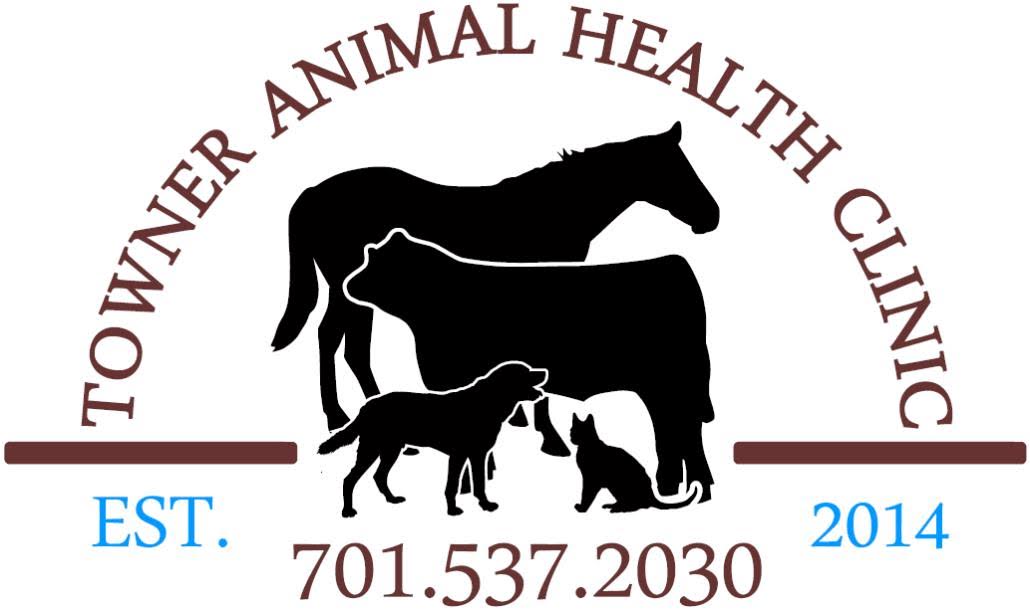Library
-
The American Animal Hospital Association and American Veterinary Medical Association have established guidelines to standardize preventive health care for cats, helping them to live longer, healthier lives. This handout provides an overview of the recommendations within these guidelines and why they are so important.
-
Tooth Resorption in Cats
Una de las enfermedades más frecuentes en la práctica veterinaria en gatos son las lesiones de resorción oral felinas (LROF). Estas lesiones también se llaman cavidades, caries, lesiones del cuello cervical, resorciones de la raiz internas o externas, o erosiones de la línea cervical. Las LROF normalmente se encuentran en la parte exterior del diente, en el área donde el diente se une con la encía.
-
Chronic bronchitis is a long-term inflammatory condition that affects the pulmonary or respiratory system. This condition is irreversible and is slowly progressive. This article discusses how the condition is diagnosed as well as treatments to slow the progression of the disease.
-
Chronic upper respiratory tract disease in cats results from inflammation of any part of the upper respiratory tract. Many conditions contribute to this. Treatment is based on the underlying cause.
-
Glomerulonephritis, also known as glomerular nephritis (GN), is a type of renal (kidney) disease characterized by inflammation of the glomeruli (filtration units) in the kidneys. When these structures are damaged, kidney function is greatly impaired and toxins build up in the body, causing serious illness.
-
House soiling in cats, sometimes called feline inappropriate elimination, has many potential causes. The behavior may relate to a physical illness, a need to communicate, or a need to find a suitable toileting spot. The prognosis for resolution is very good, once the cause has been determined.
-
Asthma or bronchitis is a fairly common condition affecting cats. It occurs as a result of the airway being hypersensitive to certain stimuli, resulting in airway constriction, excess mucus production, and air trapping. Diagnostics include a physical exam, blood tests, x-rays, bronchoscopy, and bronchial or tracheal lavage. As asthma cannot be cured, treatment is aimed at the management of the disease using a combination of steroids and bronchodilators. Adjunct treatments include modifying the environment to reduce exposure to the noxious stimulus, hypoallergenic diet trials, and acupuncture.
-
Regular preventive health care for your cat can increase the length and quality of her life. Healthcare guidelines are established and kept up to date using the most recent evidence-based recommendations including the recommendation that all cats receive a complete veterinary examination at least once a year or more frequently, depending on their individual needs and health concerns.
-
Nose Bleeds (Epistaxis) in cats can be extremely unsettling for the pet owner. Most acute (sudden) nosebleeds are caused by simple trauma or by upper respiratory tract infections. This handout discusses nosebleeds in cats, the various causes of this condition, first aid recommendations and possible testing to find the root cause of the problem.
-
Several changes occur in the aging cat; they often progress slowly, so it is essential to have your senior cat examined by a veterinarian twice yearly. This is important so that if your cat develops a disease, it can be recognized and treated as early as possible, thereby maintaining her quality of life for as long as possible.

